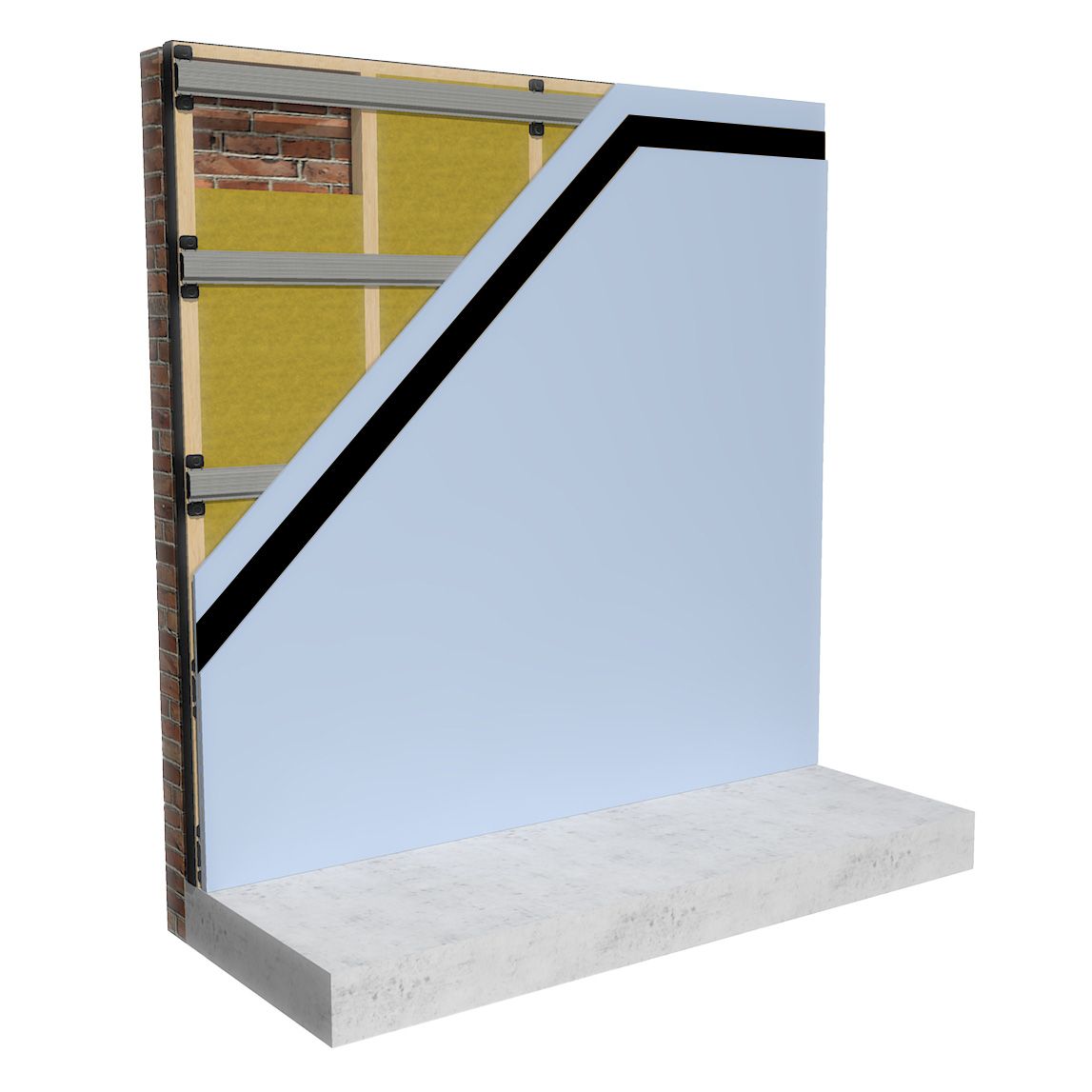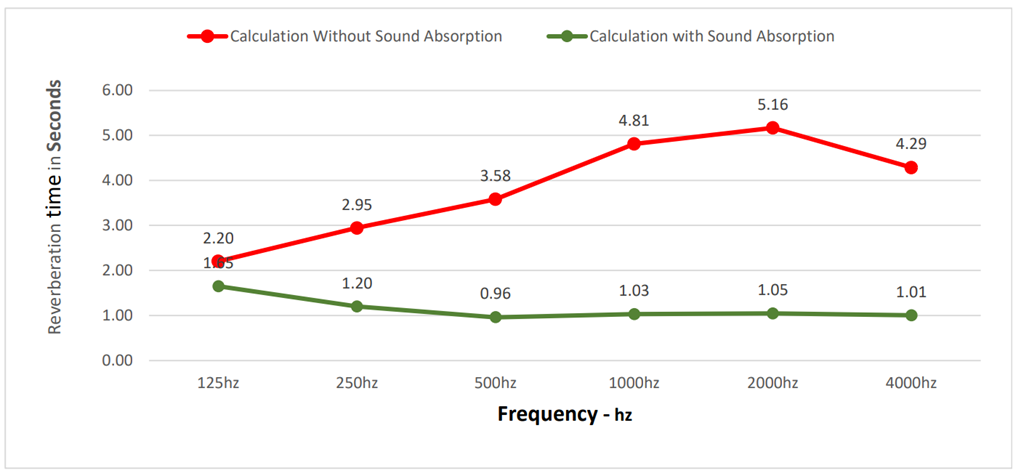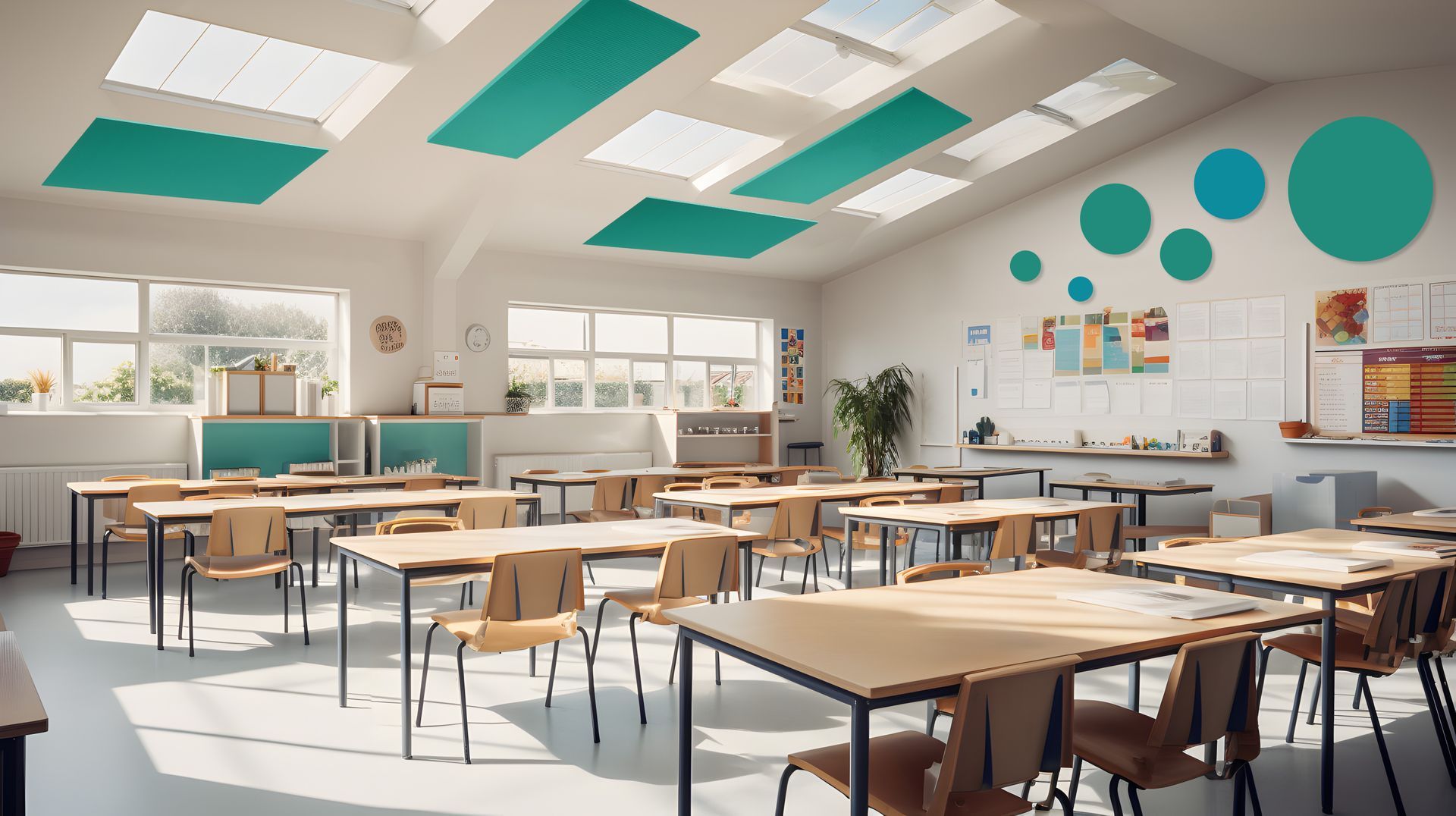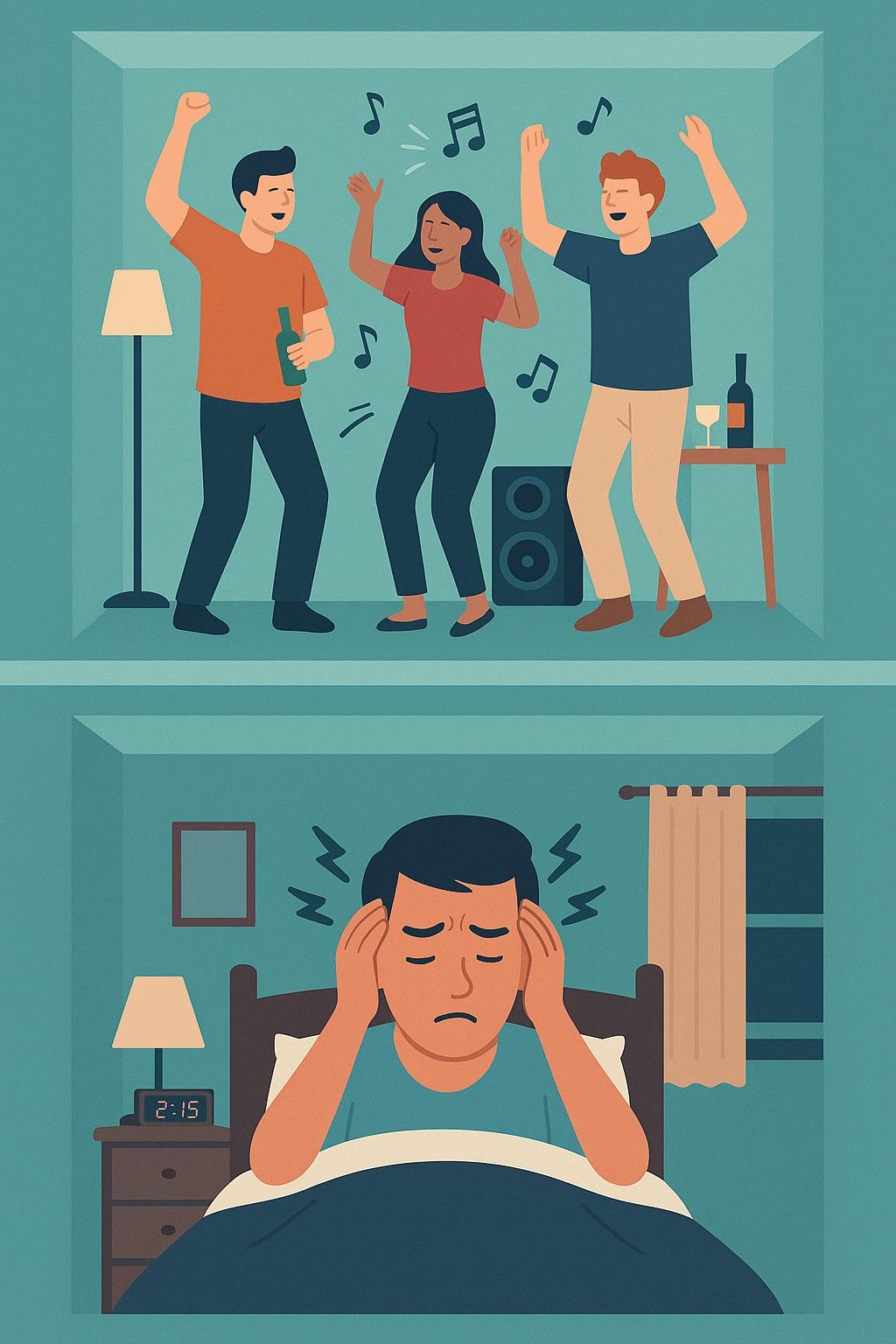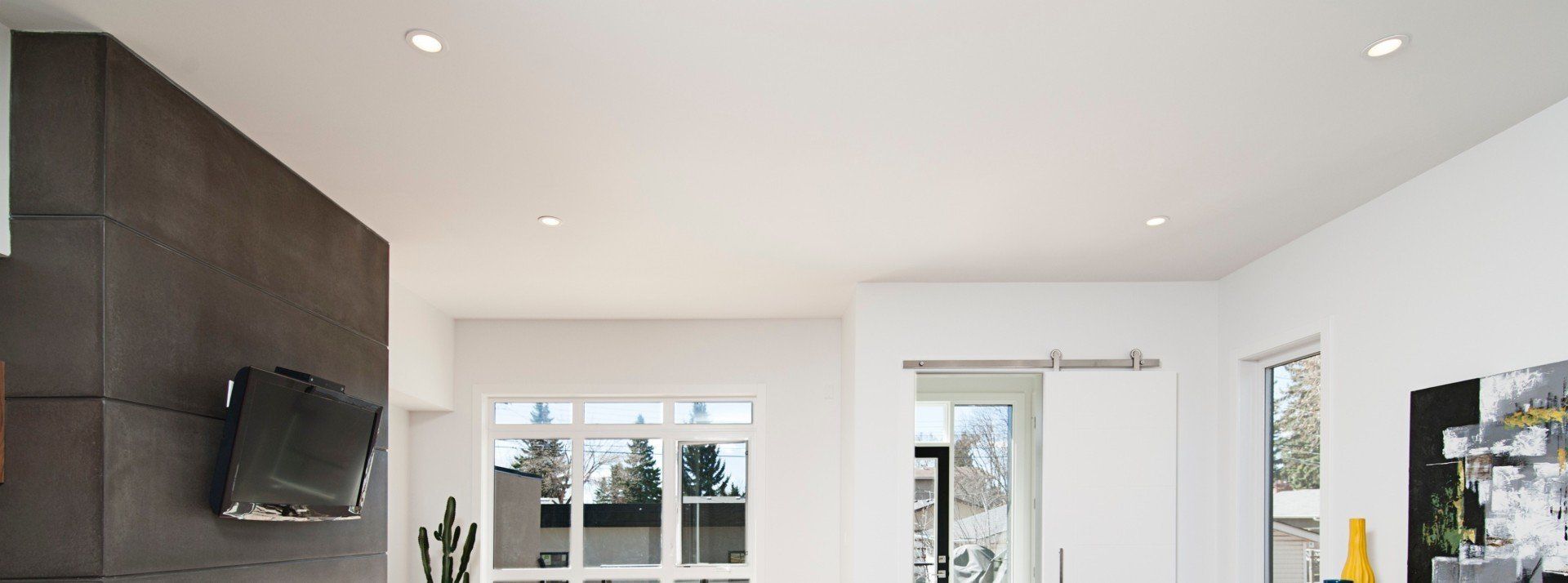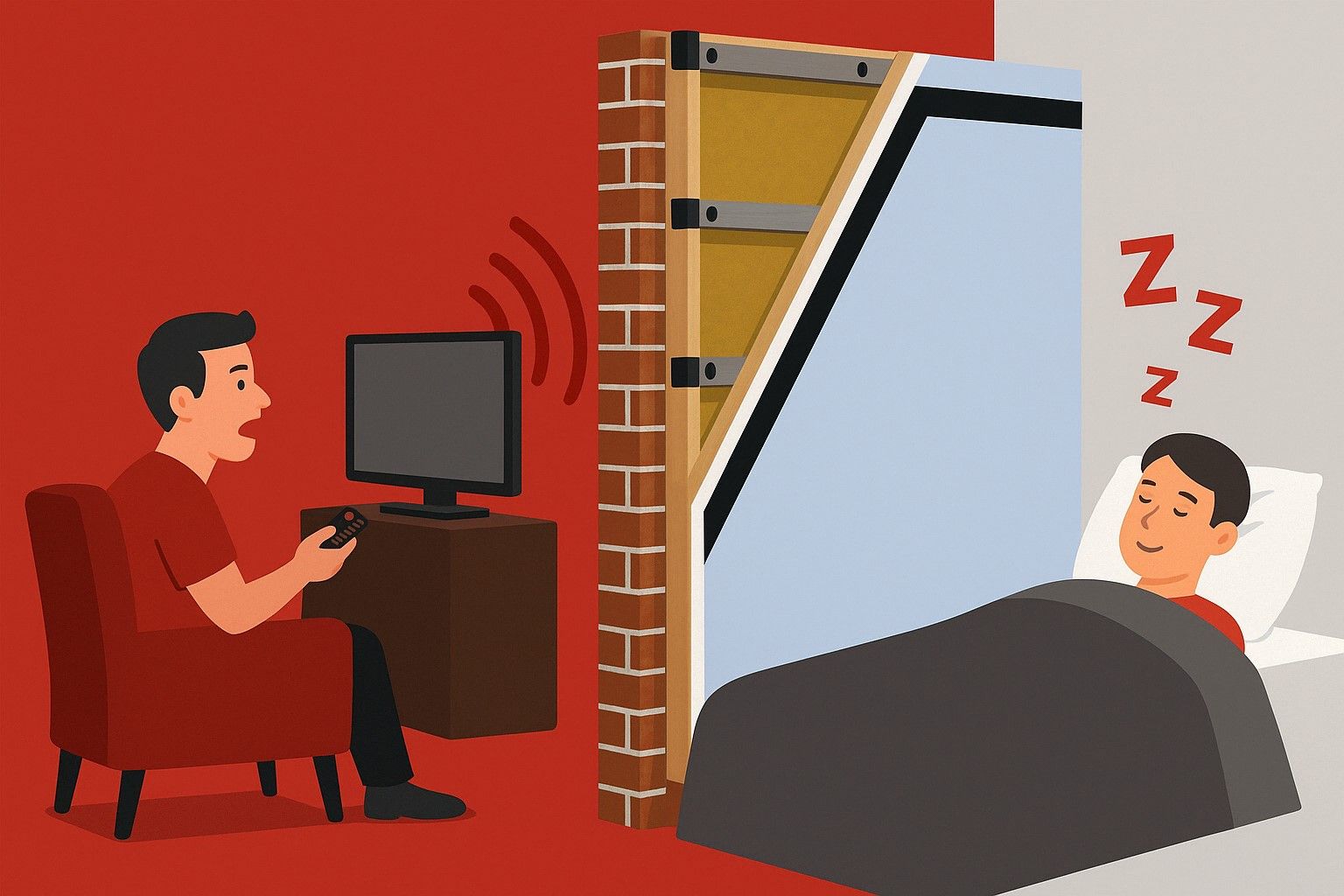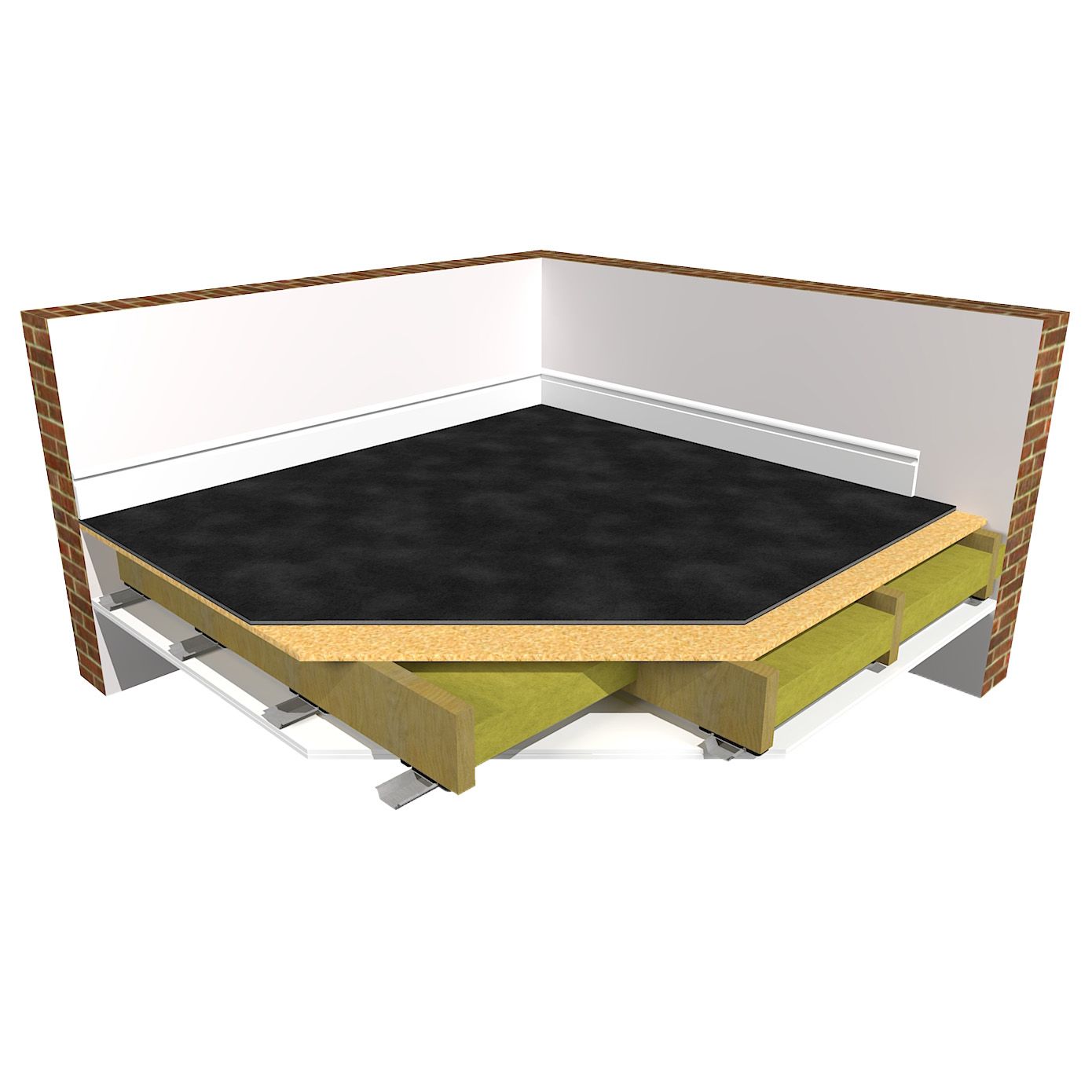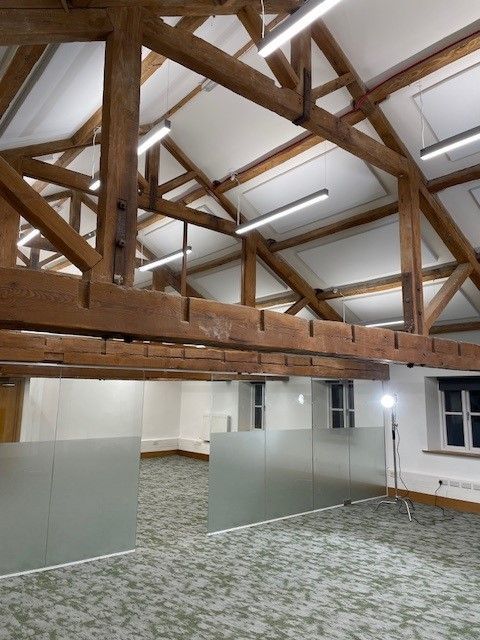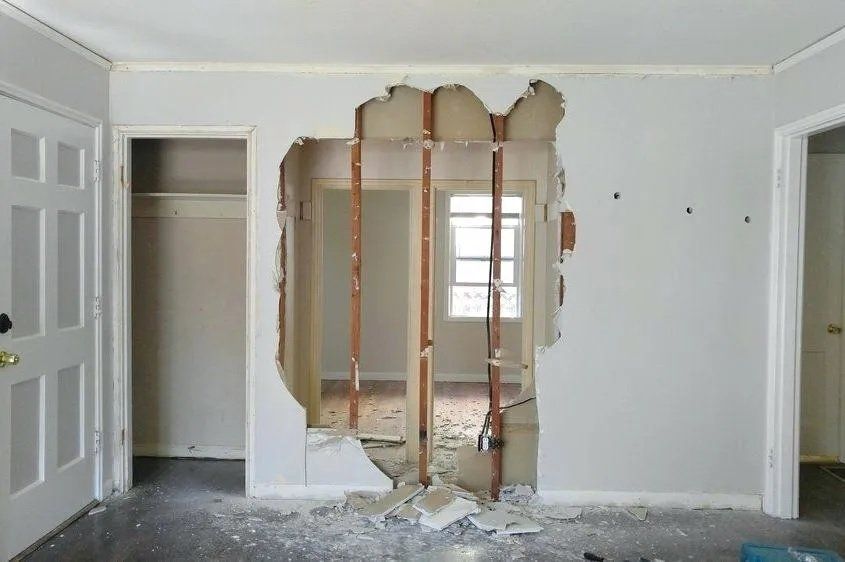How to reduce echo and reverberation within classrooms
How to improve the acoustics within SEN classrooms
The Soundproofing Store regularly work with educational settings to improve and enhance the room acoustics within classrooms and communal spaces. With an expert team who understanding the importance of creating an improved acoustic environment within educational settings and particularly within Special Educational Needs (SEN) and Special Educational Needs and Disabilities (SEND) classrooms and communal areas.
GOV.UK highlights how SEN and SEND can affect a child or young persons ability to learn by affecting their:
- Behaviour or ability to socialise, for example they struggle to make friends
- Reading and writing, for example because they have dyslexia
- Ability to understand things
- Concentration levels, for example because they have attention deficit hyperactivity disorder (ADHD)
- Physical ability
SEN students often require a different learning and teaching approach to help them reach their full potential. This can further be aided by improving the acoustics within their educational setting.
The Soundproofing Store offer a range of high performing Class A sound absorption solutions to choose from, which results in the acoustics of shared spaces being greatly improved. This helps to provide a positive atmosphere that caters to the unique learning and well-being requirements of students with diverse needs and helps to create an improved acoustic environment that empowers every student to thrive.
The importance of acoustics in learning spaces
The effectiveness of teaching and the welfare of staff and pupils can be greatly influenced by the acoustics of educational spaces.
Research shows that good acoustic quality means lower levels of unwanted noise, greater teaching effectiveness and improvements in pupil behaviours and concentration. Improving the room acoustics within SEN settings can help to enhance communication and promote effective learning.
Suitable acoustics in schools have long been a requirement since 2002, with the need for adequate acoustics as follows:
Department for Education. Acoustic design of schools: performance standards March 2014
1.2.2 School Premises Regulations & Independent School Standards
"The acoustic conditions and sound insulation of each room or other space must be suitable, having regard to the nature of the activities which normally take place therein."
Department for Education. Acoustic design of schools: performance standards March 2014
1.4.1 Acoustic considerations
"Pupils with special educational needs are generally even more reliant on good quality acoustic environments than others. Consequently, required reverberation times should be shorter, sound insulation between adjacent spaces higher and indoor ambient noise levels (and the capacity for distraction) lower than in environments for other pupils."
BB93: performance standards for acoustics in schools
BB93 sets out minimum performance standards for the acoustics of school buildings, and describes the normal means of demonstrating compliance with the Building Regulations. It also provides guidance in support of the School Premises Regulations (2012) and the Independent School Standards (2013).
Published by the Department for Education in England, the document states the minimum performance standards for acoustics in schools. The document is intended for designers and building control bodies to ensure that school buildings provide the right acoustic conditions to enable effective teaching and learning. BB93 covers aspects such as reverberation time, sound insulation, indoor ambient noise levels, and speech intelligibility. BB93 also gives guidance on how to meet the acoustic requirement of the School Premises Regulations and the Independent School Standards.
How sound absorption can lower reverberation times
Average Reverberation Time Above 250hz
| Without Sound Absorption | 4.16 |
|---|---|
| With Sound Absorption | 1.05 |
The above graph shows a real-life acoustic report for a school assembly hall. The hall is a multi-use hall within a school committed to a high quality education for pupils who experience a range of special educational needs.
The graph shows the reverberation time of the room in seconds at different frequencies in hertz. Reverberation time is the time it takes for the sound to dissipate by 60 decibels after the source stops. A lower reverberation time means the sound is absorbed faster and the room is quieter. A higher reverberation time means the sound lingers longer and the room is more echoey.
The graph compares the reverberation time of the room without sound absorption (red line) and with sound absorption (green line). (Sound absorption is the process of reducing the sound energy that reflects off the surfaces of the room and this is explained in more detail within the videos that follow below).
The green line on the graph shows the reverberation time with the addition of ProSound Sound Absorption added to the wall (ProSound Acoustic Wall Panels) and the ceiling (ProSound Easy-Fix Foam Panels). The acoustic panels significantly reduce the reverberation time at all frequencies, especially above 250 hertz. This means that the room becomes more acoustically comfortable and less noisy with the addition of sound absorption panels.
The required reverberation time (as set out in the BB93 performance standards) for an indoor hall is less than 1.5. The addition of ProSound acoustic treatments easily brings the average reverberation time under the 1.5 requirement for this type of room.
Key considerations when improving the acoustic environment of SEN classrooms
Low Noise Levels: SEN classrooms benefit from low background noise levels. Excess noise can often be distracting and overwhelming for students with sensory sensitivities or attention issues. Sound-absorbing materials like acoustic panels can help to reduce unwanted noise.
Sound Insulation: Ensuring that the classroom is well-insulated can help to minimise external noise intrusion. The use of double-glazed windows and doors (where possible) and soundproof walls can further help in creating a quiet space where students can focus.
Clear Speech Perception: In SEN classrooms, making sure that students can clearly hear and understand the teacher or speaker can be enhanced by improving the rooms acoustics using sound absorption which will help with clear and even sound distribution.
Quiet Spaces: Designate quiet areas or sensory-friendly spaces within the classroom where students can retreat when they need a break or a quieter environment. These spaces can include comfortable seating and sensory tools to help regulate sensory input.
Minimise Echoes: Echoes can make it challenging for students to understand spoken language and can be disorienting. The use of acoustic treatments can help to reduce echo in the room.
Minimise Auditory Overload: Sound absorption can help prevent auditory overload, a common challenge for SEN students who may struggle to filter out irrelevant sounds. A well-controlled acoustic environment reduces the cognitive load associated with processing excessive auditory information.
Individual Learning Support: Sound absorption solutions can be tailored to meet the specific needs of SEN students. For example, within a treated room, soft furnishings, such as bean bags or padded panels, can also be added to create quiet corners or sensory-friendly zones where students can retreat when they need a break or a quieter space.
Consider Lighting: In addition to acoustics, consider lighting in the classroom or sensory room. Some students with SEN may be sensitive to fluorescent lighting. Natural lighting or adjustable, dimmable lighting options can be more comfortable for these students.
Collaborative Spaces: Effective sound absorption allows for group discussions and teamwork while maintaining a controlled and supportive acoustic environment.
The Soundproofing Store offer a range of sound absorption solutions to greatly improve the room acoustics within all types of SEN settings. The range of different sound absorption products are highlighted in more detail below.
However, before looking at the different types of sound absorption solutions for SEN settings, lets take a quick look at what sound absorption is and how it works:
What is sound absorption?
Occasionally the terms 'sound absorption' and 'soundproofing' can be confused. Soundproofing is trying to stop sound from getting into, or out of a room. Whereas sound absorption is improving the acoustics within a room by restoring clarity and making the room quieter. This is achieved by reducing the amount of echo and reverberation in the room.
How does sound absorption work in SEN settings?
Sound energy will bounce off hard surfaces back into the room, creating an echo.
Sound absorption panels are filled with soft, absorbing material which absorbs sound and traps the sound inside. This means when a sound wave hits the panel it stays there and doesn’t bounce back into the room.
The soft materials used in
ProSound Sound Absorption Panels are designed to absorb sound energy. This means when a sound wave hits the panel it stays there and doesn't bounce back into the room.
Sound absorption before and after example
What are the different sound absorption solutions?
List of Services
-
ProSound Acoustic Wall PanelsList Item 1
Application: suitable for walls within any space
Outstanding sound absorption performance: dramatically improve the room acoustics within any given space. (True Class A performance)
Design: fully customisable. Photo print options available
Colours: over 100 different colours available
Fast delivery lead times: manufactured in the UK (lead times 4 - 7 days)
Easy DIY installation: straightforward and cost saving
Fixings supplied as standard: all acoustic wall panels are delivered with the required amount of impaling clips for their size
Industry leading advice and support: whatever your room type, whatever the question, we're here to help (01423) 206208
-
ProSound Acoustic Ceiling RaftsList Item 2
Application: suitable for ceilings within any space
Outstanding sound absorption performance: dramatically improve the room acoustics within any given space. (Class A performance)
Design: fully customisable. Photo print options available
Colours: over 100 different colours available
Fast delivery lead times: manufactured in the UK (lead times 4 - 7 days)
Easy DIY installation: straightforward and cost saving
Fixings supplied as standard: all acoustic ceiling rafts are delivered with the required amount of fixings and suspension kits for their size
Industry leading advice and support: whatever your room type, whatever the question, we're here to help (01423) 206208
-
ProSound Acoustic Ceiling BafflesList Item 3
Application: suitable for ceilings within any space
Outstanding sound absorption performance: dramatically improve the room acoustics within any given space. (Class A performance)
Design: fully customisable. Photo print options available
Colours: over 70 different colours available
Fast delivery lead times: manufactured in the UK (lead times 4 - 7 days)
Easy DIY installation: straightforward and cost saving
Fixings supplied as standard: all acoustic ceiling baffles are delivered with the required amount of fixings and suspension kits for their size
Industry leading advice and support: whatever your room type, whatever the question, we're here to help (01423) 206208
-
ProSound Acoustic Easy-Fix Foam Panels
Application: suitable for walls and ceilings within any space
Outstanding sound absorption performance: dramatically improve the room acoustics within any given space. (True Class A performance)
Design: fully customisable
Colours: over 45 different colours available
Fast delivery lead times: manufactured in the UK (lead times 4 - 7 days)
Easy DIY installation: super quick peel and stick design for a hassle-free and cost saving process
Industry leading advice and support: whatever your room type, whatever the question, we're here to help (01423) 206208
-
ProSound Acoustic Sports Panels
Impact Resistant: ideal for sports halls
Outstanding sound absorption performance: dramatically improve the room acoustics within sports halls. (True Class A performance)
Design: fully customisable in a variety of different shapes and sizes
Colours: over 100 different colours available
Fast delivery lead times: manufactured in the UK (lead times 4 - 7 days)
Easy DIY installation: straightforward and cost saving
Fixings supplied as standard: all acoustic sports panels are delivered with the required number of impaling clips for their size
Industry leading advice and support: whatever your room type, whatever the question, we're here to help (01423) 206208
Conclusion: improving SEN provision with acoustic treatment
The Soundproofing Store is a leading provider of acoustic solutions, with a focus on helping to create optimal learning environments for students with special educational needs by reducing the reverberation time and noise levels in classrooms, corridors, halls, and other shared spaces.
The Soundproofing Store has a wealth of experience and expertise in working with schools to meet the acoustic standards and regulations set by the Department for Education and is committed to improving the acoustic quality of educational settings for all students by advising on and supplying the most effective acoustic solutions.
The focus on this article has been on sound absorption and improving the acoustics within a room by restoring clarity and making the room quieter. As highlighted, this is achieved by reducing the amount of echo and reverberation in the room. However, should your educational setting also require soundproofing (which helps to stop sound from getting into, or out of a room) then this is also an area of expertise.
Please feel free to contact a member of the team to discuss the acoustic needs within your school and they will advise on the best solution and calculate the required amount of acoustic panels to lower the reverberation time and improve the acoustics within any given space.
Author
Sam Fessey heads up the Sound Absorption department within The Soundproofing Store. With a huge amount of experience in acoustics, his extensive knowledge is invaluable in working with education settings in helping to transform noisy environments into peaceful, productive spaces for students to learn and thrive within.
Share
"We don’t expect you to become an overnight expert in sound absorption, that’s what we’re here for."
